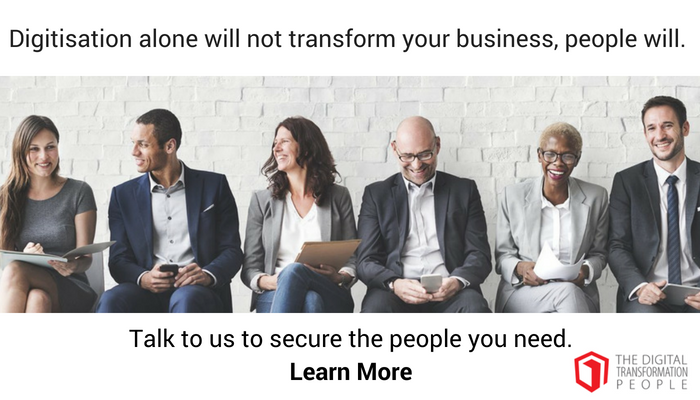In this series, I am introducing you to the twenty superpowers that leaders need to possess to create an environment for resilience. This is an environment in which individuals and teams are resilient in the face of constant change.
Individual resilience is critical when the world around us is volatile, uncertain, complex and ambiguous. Resilience means we can adapt to difficult situations and not just survive but thrive. Unless we do, the stress will overwhelm us, and we will suffer physically and mentally.
Each week we will explore one of those twenty superpowers.
Superpower – The Removalist

The Removalist works to remove the stigma of mental health in the workplace.
Stigma can be one of the greatest barriers to psychological health and safety in the workplace; therefore, it can have a direct impact on employee resilience.
Often, employees who experience some form of mental health issue such as anxiety, stress or depression are reluctant to reach out for help due to a fear that their situation will be viewed in a manner that is detrimental to their character. They fear they will be seen as lazy, irresponsible, weak or dangerous.
We need to remove the stigma so that employees experiencing mental health issues can reach out sooner, access resources to assist and return to well-being. Generally, less than 1 in 3 employees struggling with a mental health condition seek help.
Removing the stigma not only helps employees already suffering a mental health condition but it also encourages other employees to talk about the subject. When there is no stigma, employees are encouraged and supported to seek help; they are more likely to know what resources are available to them to enable earlier recovery.
Be educated and informed
As a leader, you need to know the facts. You need to understand what mental health is and what it is not. Seek out training and resources to inform you. Find out if an employee assistance program (EAP) exists in your organisation, and if so, what it can do to assist.
Language
Words and language can create a stigma around mental health and reinforce unfounded myths. We need to see a whole person whose mental condition does not define who they are.
Don’t use language that denotes lack of quality of life for someone with a mental illness such as “she suffers from severe anxiety” or “he is struggling with depression.”
The language used should not be emotional. Say it simply: “Mary has OCD” or “John has severe anxiety.”
Speak up
If you hear someone talking derogatively about a person or their mental health, you need to speak up and challenge them.
Do not allow others to ostracise those with a mental illness by using terms in the wrong context such as “I am so OCD about tidying my locker” or “I think I will have an anxiety attack if that clock doesn’t strike 5 o’clock soon.”
Lead by example using the language outlined earlier.
If you think someone may have a mental illness, do not be afraid to reach out and have a conversation. See The Identifier.
Team culture
Foster a team culture that encourages open and honest communication and is able to discuss concerns such as stress, anxiety, depression, fatigue etc. without fear of any negative repercussion or of being judged.
Silence can be a killer.
Encourage the team to engage with stress management techniques such as relaxation, exercise, establishment of boundaries and taking time out to recharge.
Share it
Other people openly sharing their stories and experiences around mental health can be extremely powerful.
Invite speakers to talk to your team or the organisation about how they overcame their mental health challenges
If there are people within the organisation who have had mental health issues, which they have overcome, ask if they would be prepared to share their story with others.
Article by channel:
Everything you need to know about Digital Transformation
The best articles, news and events direct to your inbox
Read more articles tagged: Featured, Leadership









